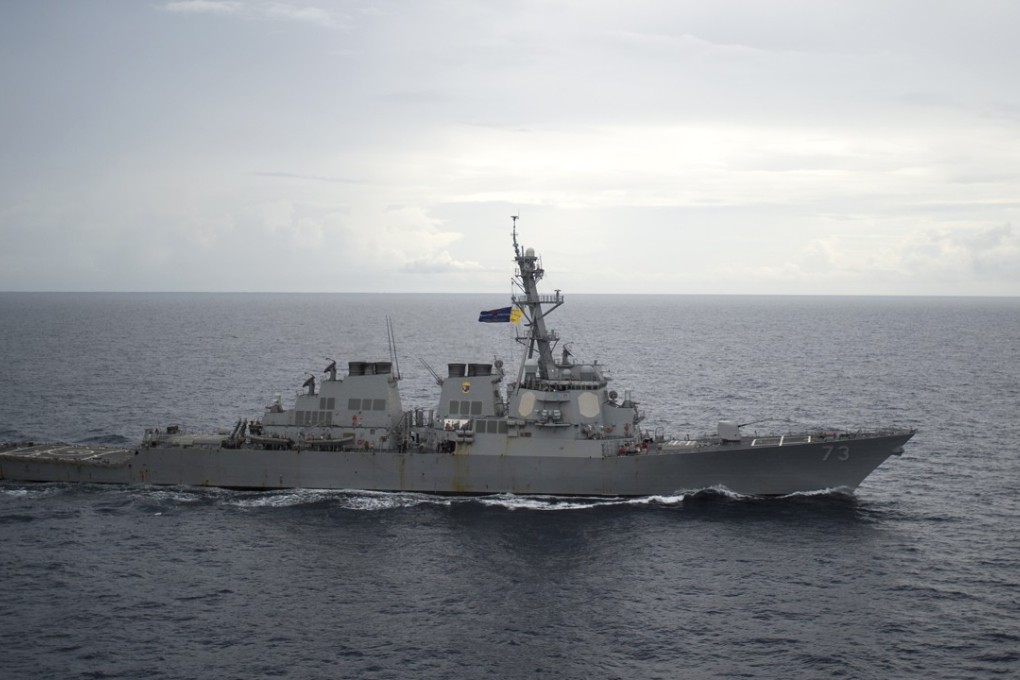America accuses Chinese warship of ‘unsafe’ manoeuvres after near collision with USS Decatur in South China Sea
China insists its actions were in accordance with law after PLA Navy warned US vessel to leave disputed waters near Spratly Islands

A Chinese destroyer nearly collided with a US warship in the disputed South China Sea after making what the Americans described as an “unsafe and unprofessional” manoeuvre in an attempt to warn it to leave the area.
In a statement late on Monday, the US described the move by the Chinese destroyer as unsafe because it moved within 41 metres (45 yards) of the US warship. The Chinese vessel then moved to prevent a collision.
US Pacific Fleet deputy spokesman Nate Christensen said the Chinese destroyer had “approached USS Decatur in an unsafe and unprofessional manoeuvre in the vicinity of Gaven Reef in the South China Sea”.
“The [Chinese] destroyer conducted a series of increasingly aggressive manoeuvres accompanied by warnings for Decatur to depart the area,” Christensen said.
The Chinese defence ministry said in a statement on Tuesday that the Decatur had ventured into Chinese waters on Sunday, and its navy had to send a Luyang-class destroyer to warn it off.
“The Chinese vessel took quick action and made checks against the US vessel in accordance with the law, and warned it to leave the waters,” the ministry said.